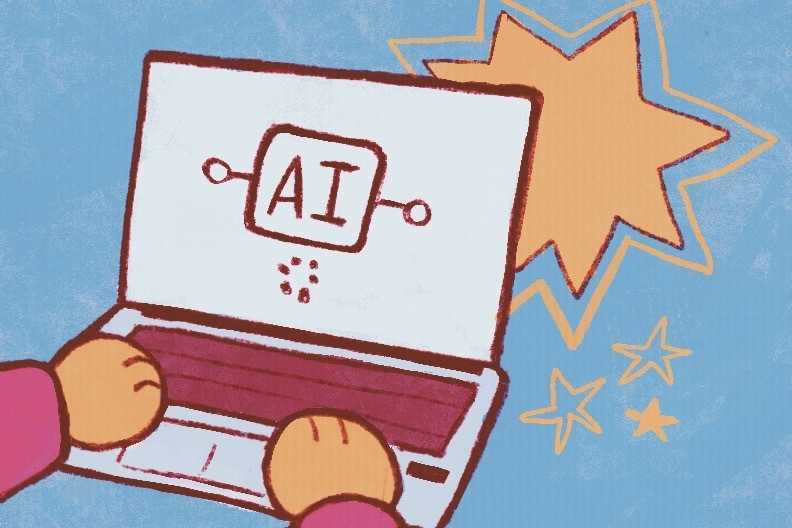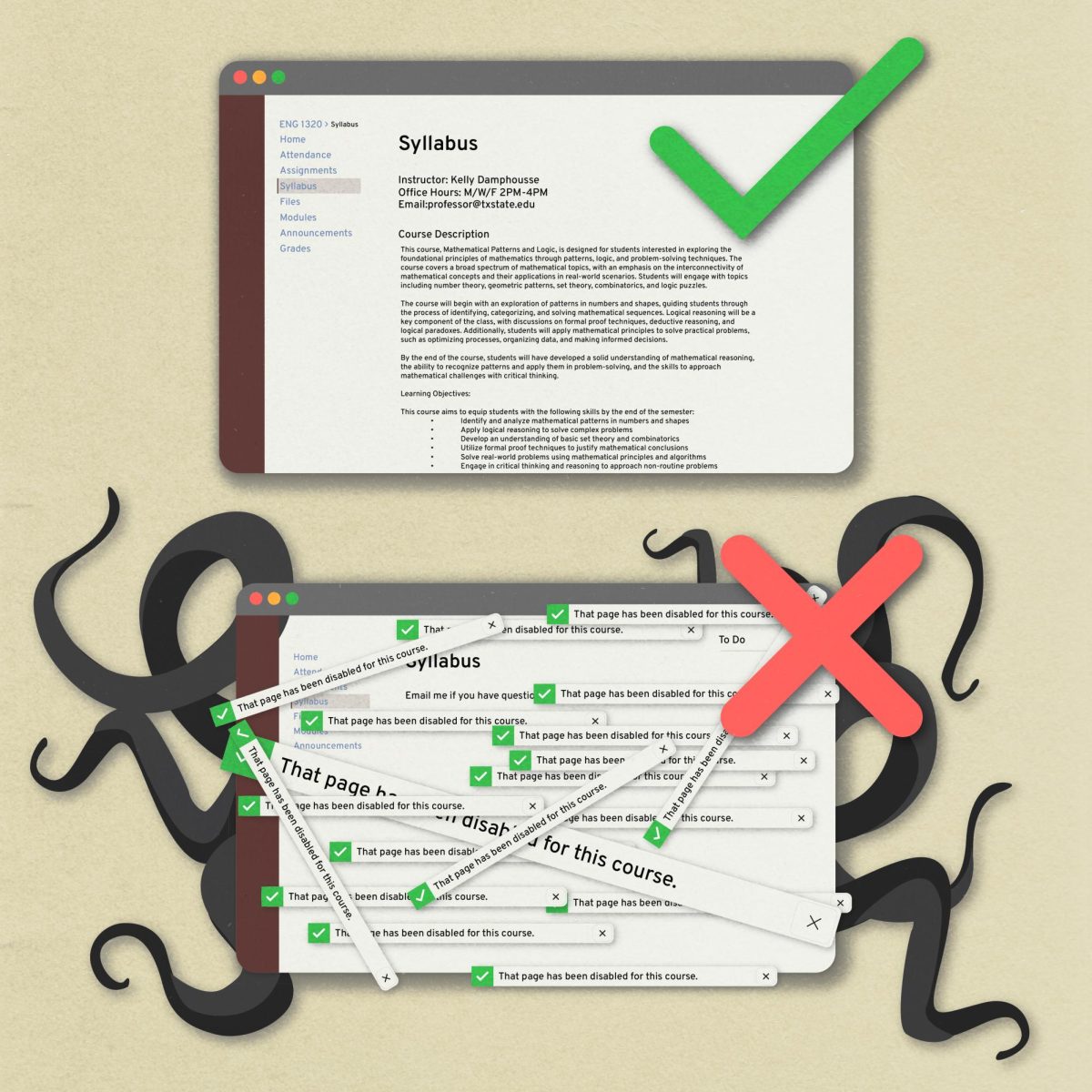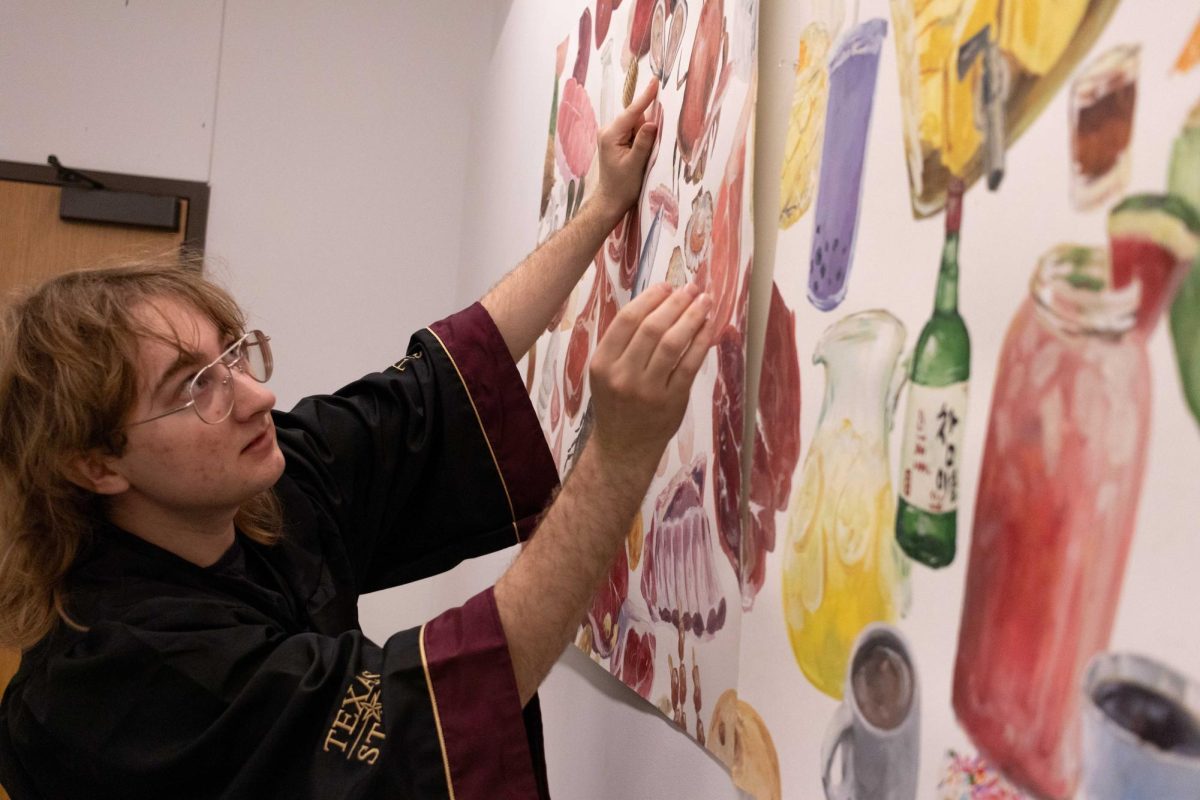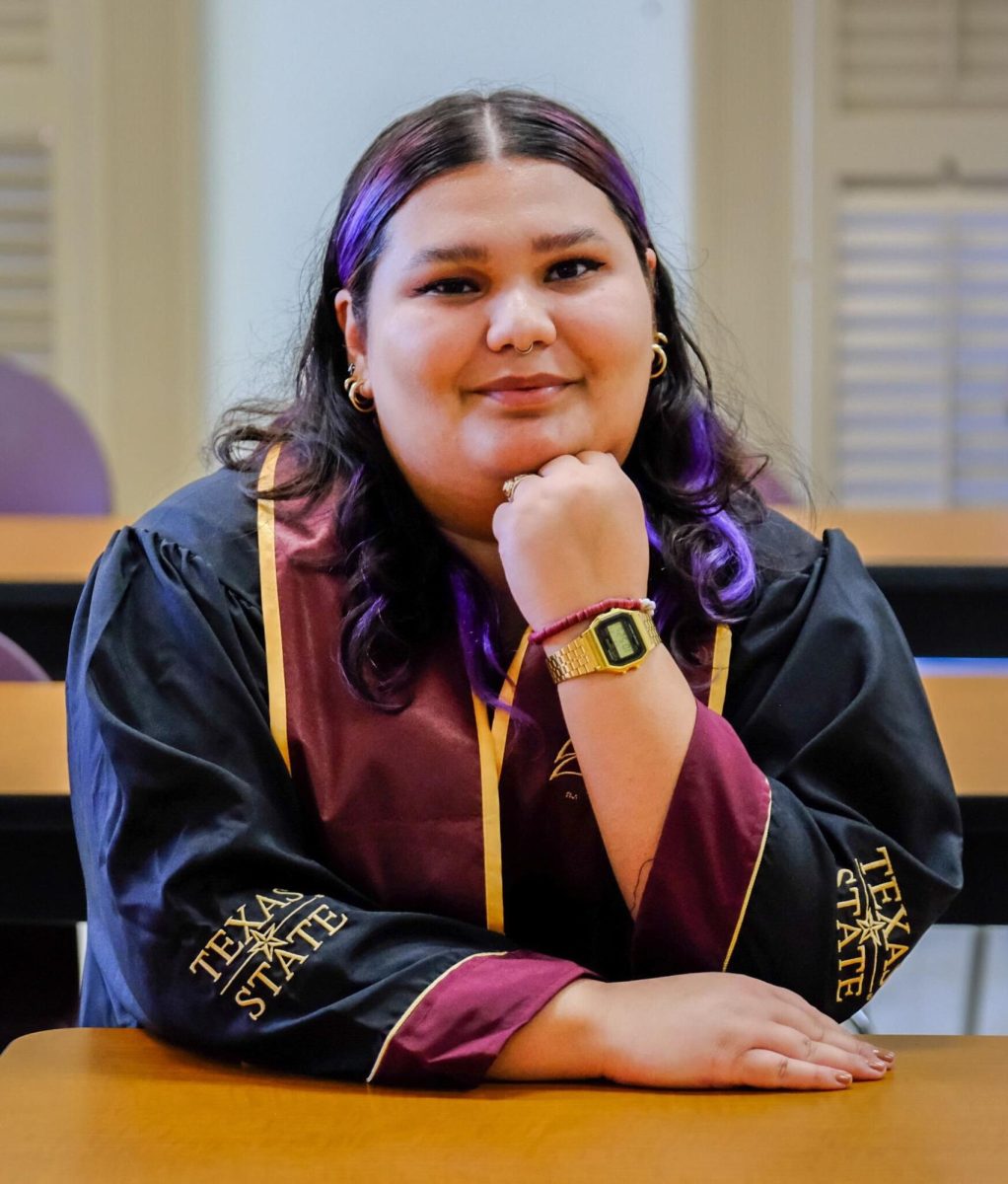Since its inception, generative artificial intelligence (AI) has had a major impact on the world, revolutionizing virtually all industries that have adopted it.
Texas State is actively investing in AI research to equip students with the means to understand this groundbreaking technology.
In addition to the work already being done, Texas State must adopt a more streamlined view of artificial intelligence to further capitalize on emerging AI technology.
Tanzima Islam, assistant professor in the Department of Computer Science, said Texas State is well-positioned to embrace AI and provide utility to its students using generative AI systems.
“Texas State has a sizable pool of professors in the Computer Science and Business Departments who are making use of research into AI initiatives, making use of the good sides and bad sides of using AI and how this utility can be expanded upon the broader student body,” Islam said.
Texas State is embracing AI’s potential through research initiatives aimed at addressing key challenges, such as the immense power consumption required to sustain AI data centers. Texas State researchers, such as Islam, are pioneering efforts to improve AI efficiency, ensuring generative AI models process data more effectively while reducing their environmental footprint.
“I am planning to work on scaling a modeling process for generative AI,” Islam said. “This means these models reduce computations needed and therefore lessen the amount of data and energy needed to operate.”
Generative AI quickly gathers information and accelerates the developmental phase of projects. By compiling relevant data, AI allows researchers to focus more on analysis, innovation and implementation rather than spending excessive time on information gathering. This increased efficiency leads to faster breakthroughs, enabling students and faculty to produce higher-quality research in a fraction of the time it once required.
“What would have taken a couple of months to read 20 papers can now be done in 5 minutes,” Islam said. “Students are provided with an opportunity to start very quickly with their research initiatives… [They can] springboard from the research phase to the developmental one while gaining the ability to learn how to source information gained from generative AI models and check its validity.”
Despite its benefits, AI presents risks concerning academic integrity and misinformation. While Texas State has guidelines regarding AI use, an official policy has yet to be implemented. The university allows professors to decide how they address AI in the classroom, but a policy is needed.
Universities such as Stanford and Northeastern have already begun implementing advisory boards focused on responsible AI development and use. Additionally, institutions such as Texas A&M University have added courses aimed at developing AI literacy and ensuring proper information sourcing. By adopting similar programs, Texas State could reduce the potential harms of AI while promoting ethical practices.
The university must also prepare students for an AI-driven workforce. Generative AI is transforming job markets by optimizing data analysis, administration and recruitment processes. A recent Forbes article stated 71% of employers actively seek AI skills over experience in the field. By integrating AI education into its programs, Texas State can ensure its graduates remain competitive and proficient in the technologies shaping their industries.
Texas State has a unique opportunity to implement AI for the benefit of its students and faculty. Rather than viewing AI negatively, the university must continue to lead research efforts, refine its academic policies and embrace AI as a transformative educational tool.
Through ethical governance, innovative research and forward-thinking policies, Texas State can solidify its position as a leader in AI education and development, ensuring its students are not just participants in this technological revolution, but pioneers of it.
-Andrew Bencivengo is a business administration sophomore
The University Star welcomes Letters to the Editor from its readers. All submissions are reviewed and considered by the Editor in Chief and Opinions Editor for publication. Not all letters are guaranteed for publication.




















